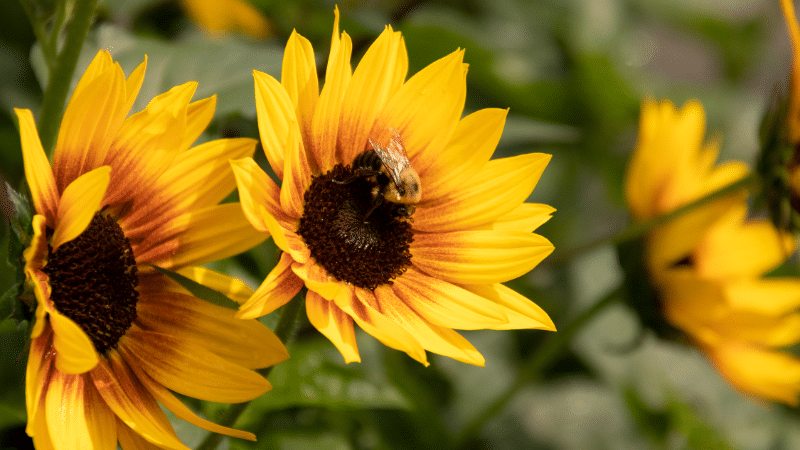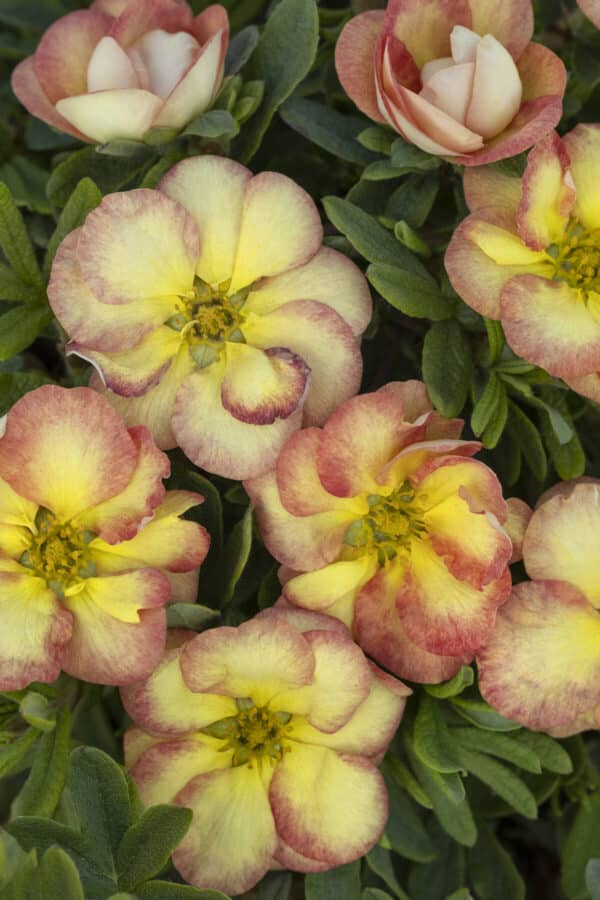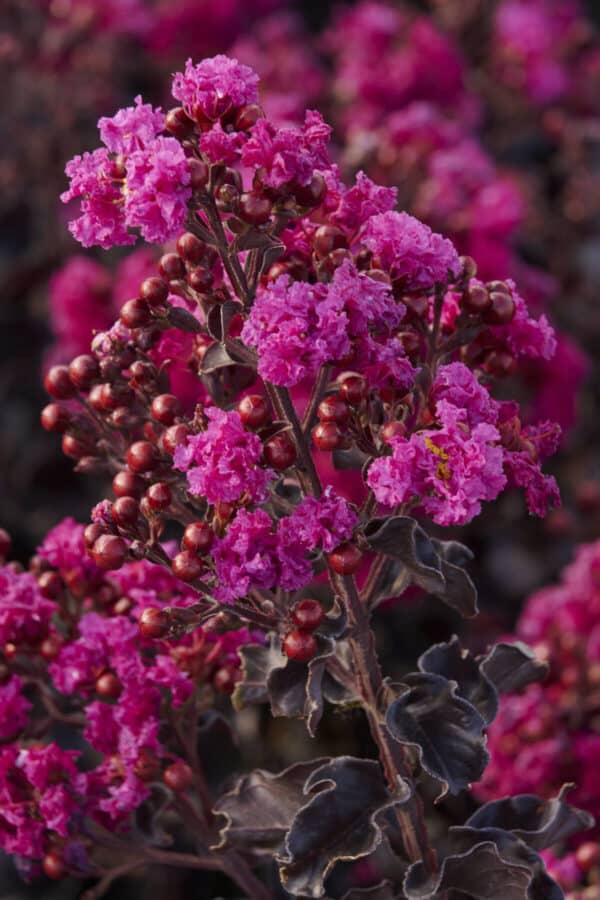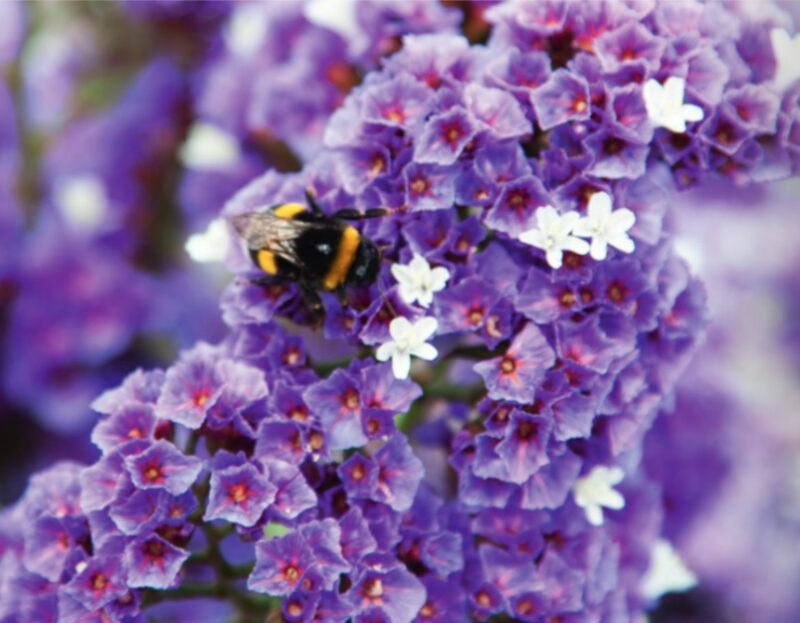
Demand for drought tolerance
Drought-tolerant plants have been a hot topic for years, and rising average temperatures and extreme weather throughout the country have only driven consumer interest in these crops.
We caught up with two industry authorities: Joey Wiseman, director of ThinkPlants, and Katie Tamony, chief marketing officer of Monrovia, to talk all about drought-tolerant breeding, increasing grower interest and some of their favorite rock-star varieties.
BEYOND THE SOUTHWEST
In recent consumer research, Monrovia found 22% of respondents nationwide say drought is their No. 1 gardening challenge, and the most read blog on Monrovia’s website is about drought-tolerant plants for all zones.
“In certain parts of the country, drought tolerance has become more of a relevant conversation,” Wiseman says. “There’s no denying that water usage and management are an increasingly big deal.
“At the same time, we have all these consumers who love plants and who want to have something cool in their yards and on their patios.”
Enter drought-tolerant options. Wiseman says that in addition to their drought-tolerant attributes, a lot of the breeding and plants originally intended for California or the Southwest now have a much wider appeal for aesthetic reasons, even if it means homeowners bringing these plants inside for much of the year.
“Design demand is drawing some cool drought-tolerant plants across the country,” she says. “People want to have something nice; they want to use plants for decoration.”
Most of the areas that typically experience drought-like conditions are also very hot, but Monrovia finds that even this seems to be shifting.
“For a lot of people living in the northern Midwest, they have experienced a lack of moisture, a lack of rain, and so they have been writing to us — consumers have been writing in — can you recommend a coldtolerant, drought-tolerant plant?” Tamony says. “The drought interest has expanded into the Midwest and into the central U.S.”
This isn’t to say that California, Texas and the Southwest aren’t still the main drivers for drought-tolerant varieties. Tamony adds that with continued pressure on the Colorado River, people in the Southwest are becoming more aware that drought conditions are not going to go away.
Hibiscus Honeymoon (Syngenta Flowers)
Potentilla ‘Gingersnap’ Photo: Monrovia, Doreen Wynja
Crape Myrtle Summerlasting Photo: Monrovia, Brandon Friend-Solis
Limonium ‘Salt Lake’ (Monrovia)
GROWER INTEREST
Many growers who have traditionally focused on annuals are expanding their offerings to become more of a one-stop shop for their retail customers, and drought-tolerant perennials are often part of this evolution.
“Some of this is due to the breeding work being done by a company like Danziger because their perennials are what I call annualized,” Wiseman says. “[Growers] can program the perennials and grow them like an annual. They don’t have to be overwintered; they don’t need vernalization.”
Tamony and the Monrovia team spend a lot of time educating both growers and customers that the roots need to be settled in before thinking about limiting water to a drought-tolerant plant.
“Even growers who are growing drought-tolerant varieties can maybe forget that they need water as you’re growing them at the nursery in a little container,” Tamony says. “The rule of thumb that we use [for drought tolerance] is that, once established, if the plant does not get very much water, it will still bloom, thrive.”
Growers’ soil mixes can aid in getting these plants established sooner, such as adding mycorrhizae to help water uptake to the roots.
Once in retail, this means that consumers shouldn’t necessarily wait until there is a drought to plant. Tamony encourages people to plant when there has been rain, so the plants can get established and be ready for a drought in the coming seasons.
“Especially in more traditionally drought-prone areas like California, people feel more confident planting, improving their garden, now that we’ve had some rain,” Tamony says.
Trialing is one of the most critical steps to ensure that a plant will succeed for both the consumer and the grower.
“For perennials, we usually try to do two good years of trials because we want to see, ‘Yes, they did overwinter. Yes, they did come back. Yes, they look good.’ That’s about the time we decide to launch something,” Wiseman says. “But we continue to talk to growers, to look at crops to see what’s happening at retail.”
For an enhanced reading experience, view this article in our digital edition by clicking here.






 Video Library
Video Library 




















